In the world of home improvement and energy efficiency, Low Emissivity (Low-E) glass windows have become a popular choice for homeowners. These specialized windows are designed to minimize the amount of ultraviolet and infrared light that can pass through glass without compromising the amount of visible light that is transmitted.
Quick Answer Section:
Buy Low E Replacement Windows
What are the disadvantages of Low-E glass?
What is the alternative to Low-E windows?
Are Low-E windows worth the cost?
What is a good Low-E rating for windows?
How does Low-E glass work?
Low-E glass works by having a microscopically thin, transparent coating that reflects heat. This coating is made from metallic oxides and is applied to the glass in the window. It allows light to enter while reflecting a significant amount of the solar radiation that would otherwise heat your home in the summer or escape from it in the winter.
What does Low-E glass look like?
Low-E glass is virtually indistinguishable from regular glass in terms of visibility. The only noticeable difference might be a slight tint, depending on the type of Low-E coating used. This tint does not impact the clarity of the glass or the view it provides.
Benefits of Low E Glass
1. Energy Efficiency
Low-E glass windows improve energy efficiency by keeping heat inside during winter and outside during summer. This means lower heating and cooling costs.
2. UV Protection
These windows can block most of the harmful UV rays, protecting furniture and flooring from sun damage.
Low E Glass Statistics
Studies have shown that Low-E windows can reduce energy loss by as much as 30-50% compared to regular windows.

Low E Replacement Windows
Replacing your old windows with Low-E glass can be a cost-effective way to enhance the energy efficiency of your home. This upgrade can lead to significant savings on energy bills over time. Check out our Low E Windows Here!
Low E Milgard Windows
Milgard is a renowned manufacturer offering a variety of Low-E window options. Their products are known for high quality, durability, and energy efficiency. Utah Window Experts is a certified Milgard dealer, and offer the highest quality products.

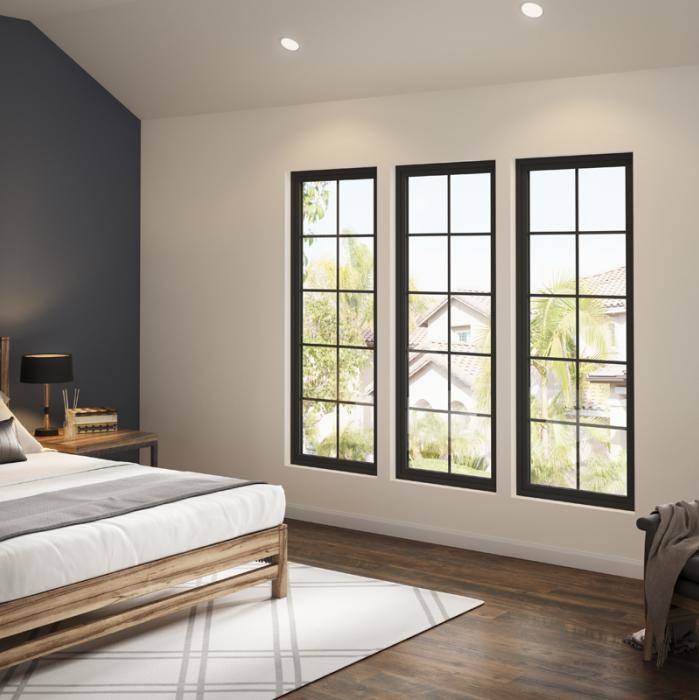
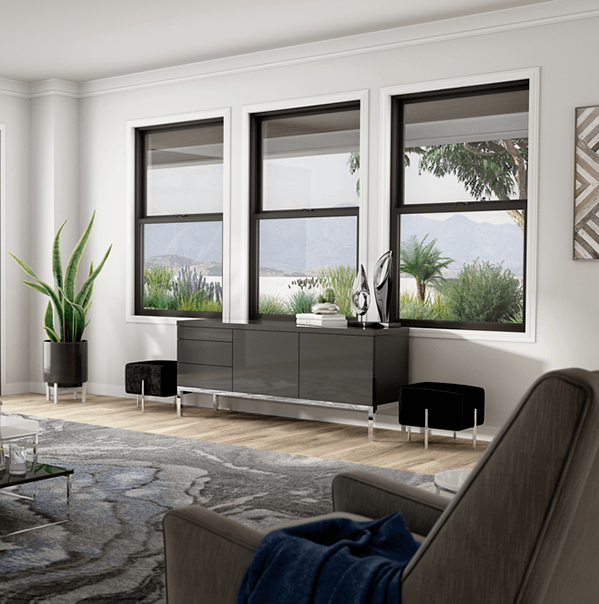
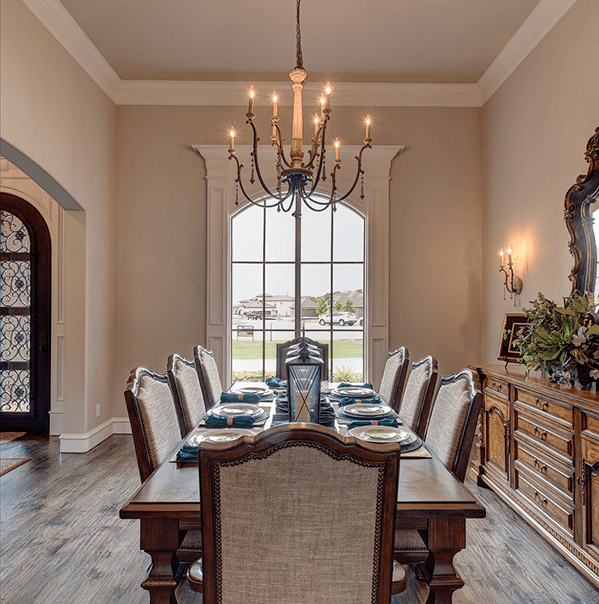
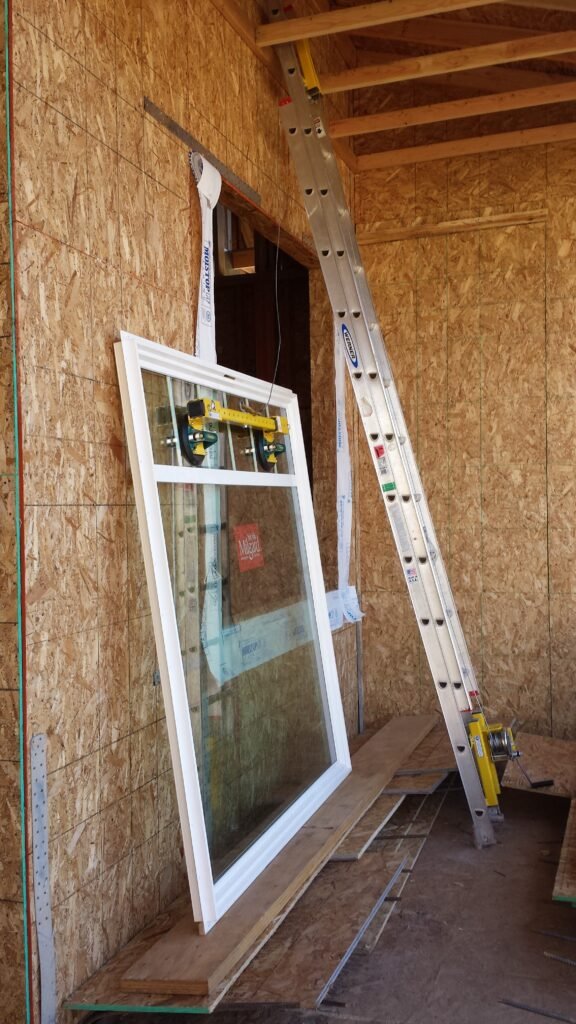

Low E Case Study
In a recent case study, a household that switched to Low-E windows saw a 40% reduction in energy consumption for heating and cooling. The homeowner lived in Salt Lake City, Utah, and replaced 18 double pane non Low E windows with Low E Replacement windows.

Energy Savings Monthly Summer
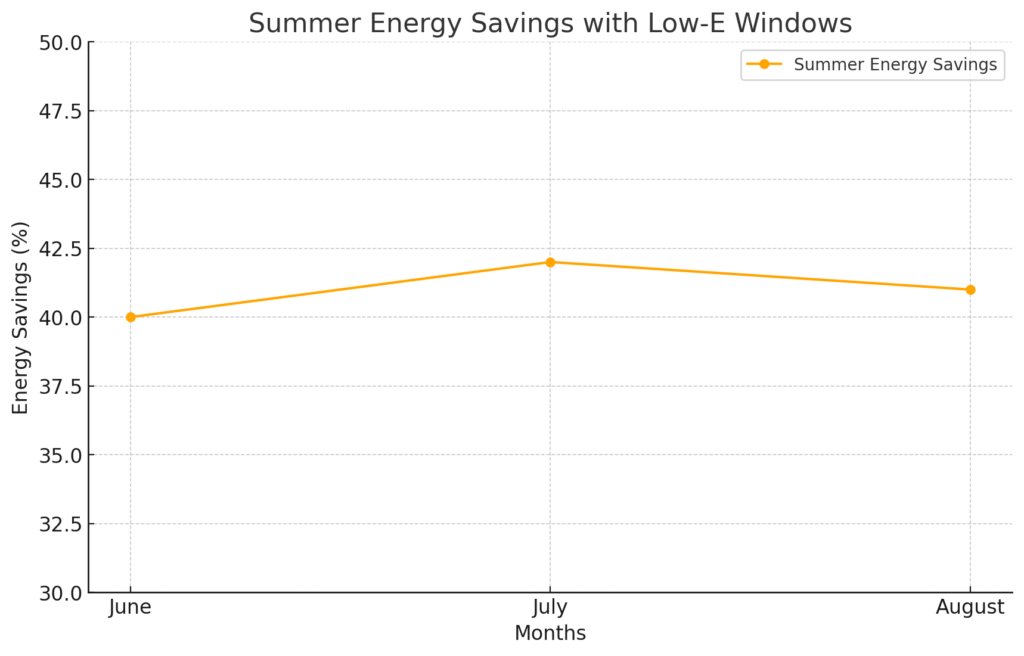
Energy Savings Monthly Winter
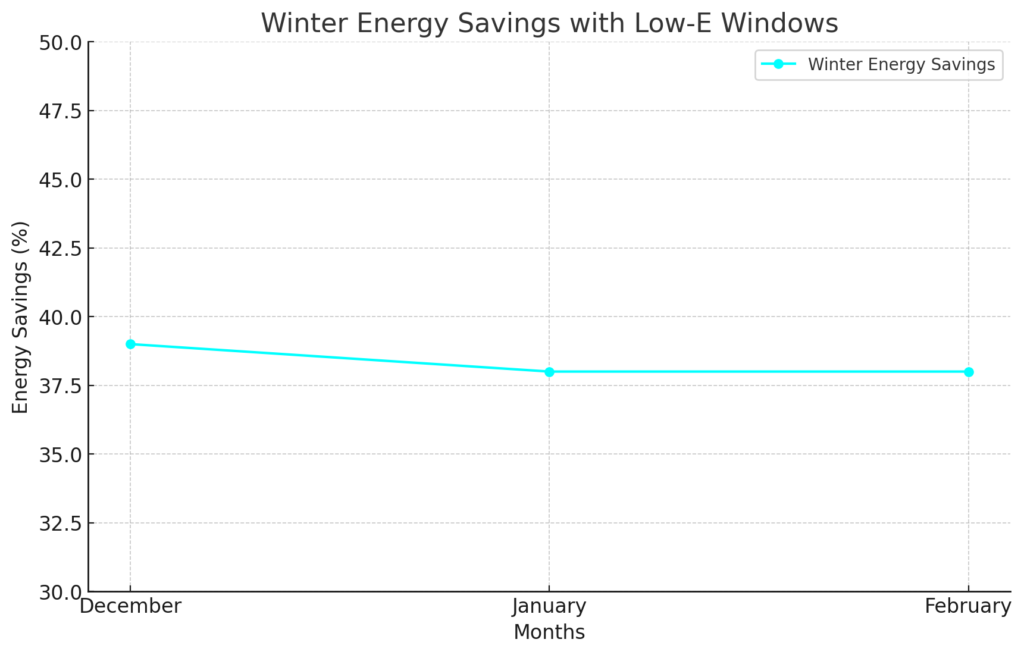
Takeaways
Looking at how much energy Low-E windows save shows that they are really good for saving money, especially when it comes to heating and cooling your house. The numbers tell us that Low-E windows can save a lot of energy, usually between 35% and 45%, depending on the season.
During the summer, the amount you save is pretty steady, about 40%. This is because these windows are great at keeping out the hot sun. But in the winter, the savings can change a bit more. Even so, they still do a really good job of keeping heat inside.
All this shows that Low-E windows are a smart thing to buy for your home. They not only lower your energy bills but also make your home comfortable all year. Since they work well in both hot and cold weather, they are a great choice for people who want to make their homes more energy-efficient.
How does Low E glass increase energy efficiency?
By reflecting thermal radiation, Low-E glass helps maintain a consistent temperature inside the home, reducing the need for artificial heating and cooling.
Types of Low-E Coatings
There are primarily two types of Low-E coatings: passive Low-E coatings, which are designed to maximize solar heat gain, and solar control Low-E coatings, which are designed to reduce solar heat gain.
Which Type of Low-E Coating Glass is Best for My Climate?
Passive Low-E coatings are ideal for colder climates as they help retain heat, whereas solar control coatings are better for warmer climates as they keep the heat out.
Tinted Glass vs Low E
Tinted glass reduces glare and solar radiation but does not have the same thermal retention properties as Low-E glass. Low-E glass offers better thermal efficiency without significantly reducing the natural light.
FAQ
What are the disadvantages of Low-E glass?
Low-E glass can be more expensive than regular glass and may have a slightly different visual appearance due to the coating.
What is the alternative to Low-E windows?
Alternatives include tinted glass, double-glazing, and untreated energy-efficient glass.
Are Low-E windows worth the cost?
For most homeowners, the energy savings, UV protection, and improved comfort make Low-E windows a worthwhile investment.
What is a good Low-E rating for windows?
A good Low-E rating depends on the climate and the specific needs of a building. Generally, a lower U-factor indicates better insulation.
For more detailed information and to see a variety of Low-E window options, visit Milgard’s official website or Energy Star’s guide to energy-efficient windows.